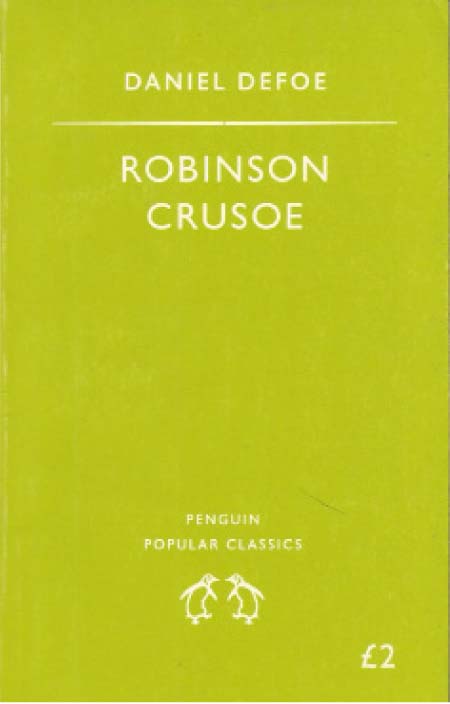
The story centres on the experiences of a lonesome survivor of a mid ocean shipwreck in the 1500s. His name was Robinson Crusoe, and his battle to survive is the plot of this yarn by the 17th century British author Daniel Defoe (1660-1731). The book first appeared in 1719 and has remained in print since then, a testimony of its enduring relevance. But how come a book which is not religious in theme, can survive 400 years on the best sellers list?
Well, to know the answer one must read it. And having done so, I dare state that the book’s enduring relevance lies in the fact that its main character Robinson Crusoe epitomises the spirit of determination and doggedness in the midst of adversity. The tale’s moral is therefore always relevant as at any one time in human life, there are the possibilities of being shipwrecked in hostile waters surrounded by sharks and shady shamans ready to feast on one’s adversity.
In the novel, we see how the protagonist finds him adrift on a deserted island in a Godforsaken place where ‘cannibals and mutineers’ seek to take advantage of his misfortune. His ship was laden with ‘toys as were fit for trading with the Negroes’ p.34 and of course these were the trifles like beads, glass (mirror) and shells. It then set sail and from 30 to page 35 the author treats us to a maritime journey resplendent in storms, gales, huge waves and threatening sharks and whales. Indeed, this is where the suspense which enriches the story starts and the discerning reader starts to get the impression that soonest a bombshell will land.
It does on page 36 where unexpectedly the ship hits a piece of land, an island for sure is wrecked. The rest of the book now describes the struggle to survive by the lone survivor of this wreck. On page 96 for example, we see how he struggles to make a fire; how to make a mortar to knead corn into flour to bake bread; and how to sieve the pounded corn, p.98. Indeed, we are treated to a long list of alternative survival techniques.
The book makes clear many important aspects of history and human survival: it paints a picture of Great Britain as an imperial maritime power with the ardent desire to conquer and control. The Robinson Crusoe in the book epitomizes the British imperial officer who had to dare the devil of disease and inclement weather to rule Africa and other parts of the world on behalf of Britain, usually under the most basic of circumstances. I want to call this book the first handbook for the colonial official!
It is a great read; especially those who might have read it as a school text in an abridged form, here is the full length novel warts and all. Please read it.
Available at Timbooktoo, tel 4494345.
Hassoum Ceesay.


